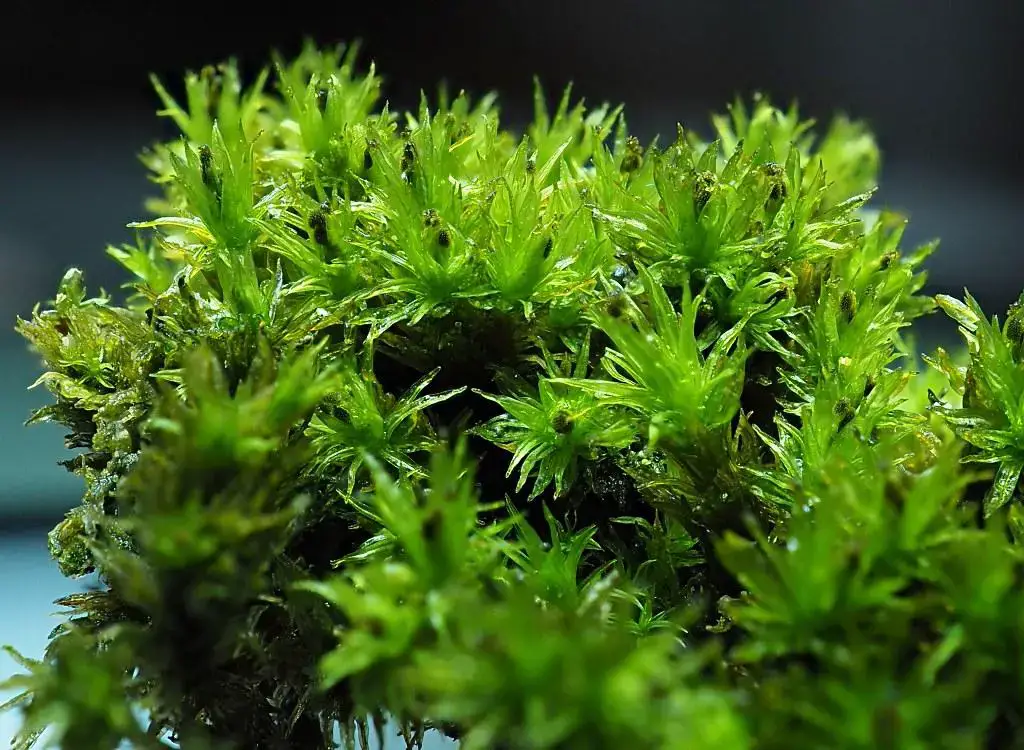
52021362383_a9c0472ef2_b.jpg from: https://www.flickr.com/photos/107520337@N08/albums/72177720298305854/
Introduction
In the vast and captivating world of bryophytes, the Ulota phyllantha Brid. moss stands out as a true marvel of nature. Belonging to the Orthotrichaceae family, this unassuming yet fascinating plant has captured the hearts of moss enthusiasts worldwide. Let’s embark on a journey to unravel the secrets of this extraordinary species, commonly known as
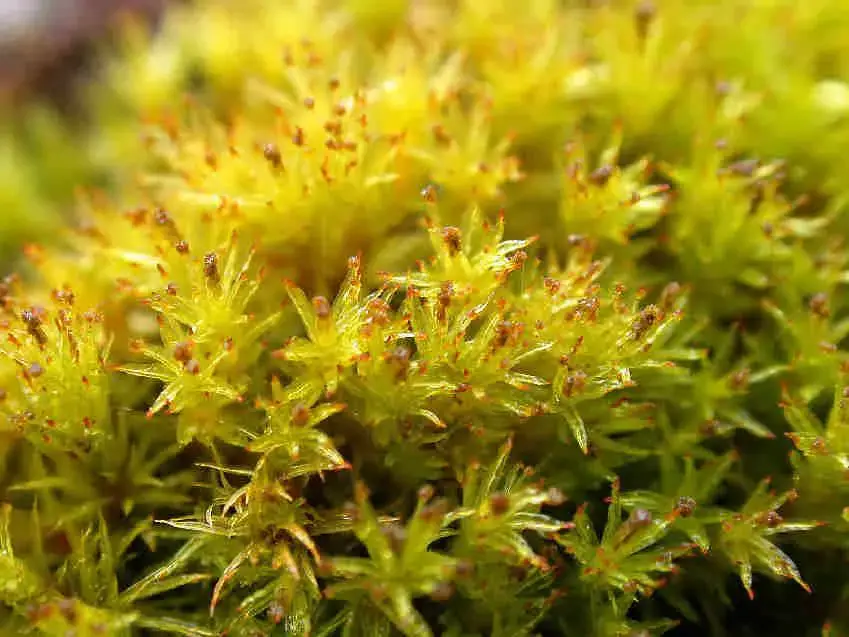
Ulota_phyllantha_011.JPG from: https://cisfbr.org.uk/Bryo/Cornish_Bryophytes_Ulota_phyllantha.html
Ulota.
Background
Before we delve into the intricacies of Ulota phyllantha Brid.
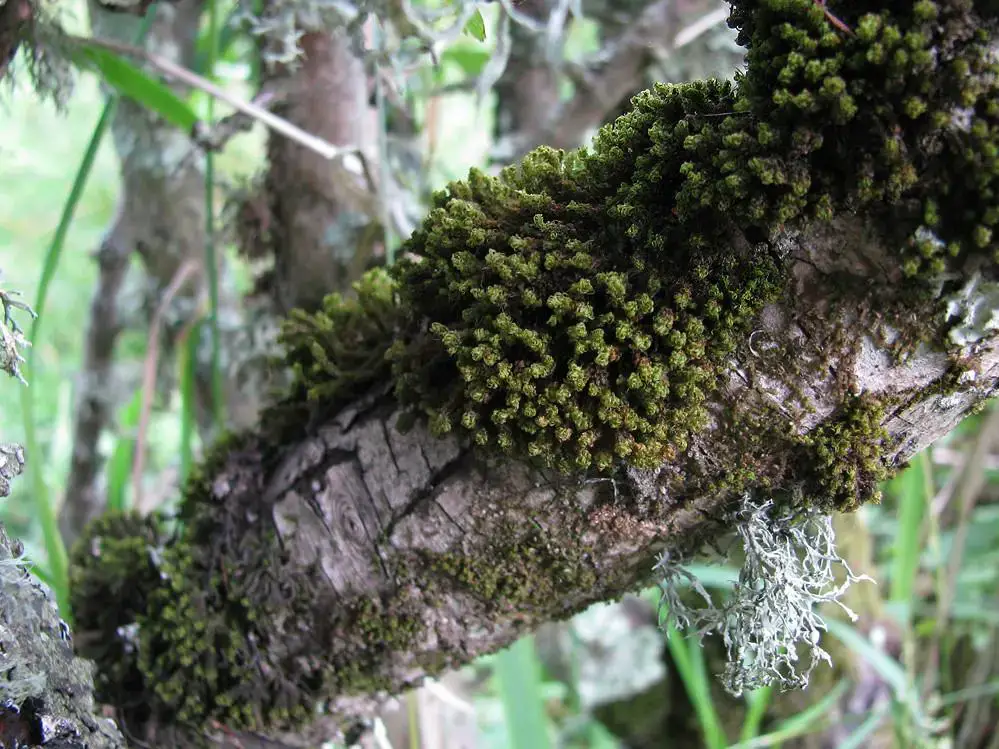
9482127706_aa3fcedb2e_b.jpg from: https://www.flickr.com/photos/100093500@N04/9482127706/
, it’s essential to understand the broader context of bryophytes. These non-vascular plants, which include mosses, liverworts, and hornworts, are often overlooked but play a crucial role in various ecosystems. They are among the oldest land plants on Earth, with a rich evolutionary history dating back millions of years.
Main Content
Morphology and Identification
Ulota phyllantha Brid. is a acrocarpous moss, meaning its sporophytes (spore-bearing structures) grow at the tips of the stems. Its vibrant green tufts or cushions adorn tree trunks, rocks, and other substrates, creating a verdant tapestry. One of the most distinctive features of this moss is its phyllid leaves, which are arranged in a spiral pattern around the stem. These leaves are ovate-lanceolate in shape, with a prominent midrib and a hyaline (transparent) hair-point at the tip.
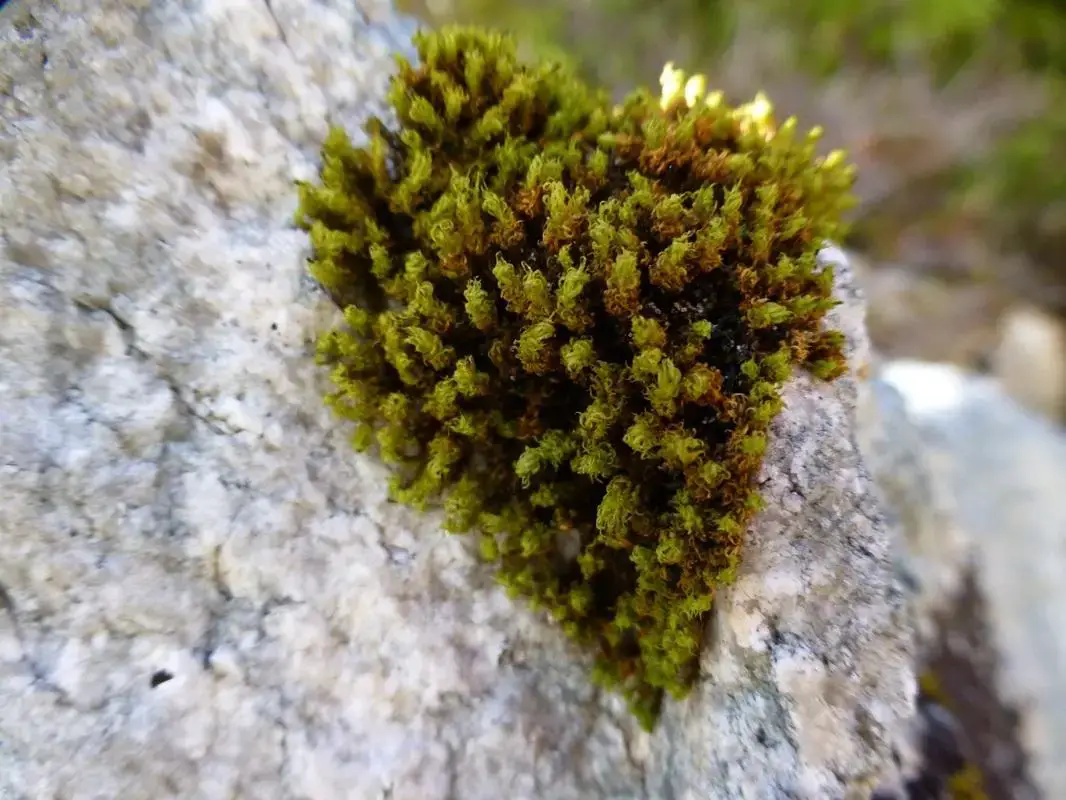
2323199_orig.jpg from: https://www.centralcoastbiodiversity.org/frizzled-pincushion-bull-ulota-phyllantha.html
Global Distribution and Habitat
Ulota phyllantha Brid. is widely distributed across various regions, including Europe, Asia, North America, and parts of South America. It thrives in temperate and boreal forests, preferring the bark of deciduous trees, particularly oak and beech. This epiphytic moss (growing on other plants) is well-adapted to its arboreal habitat, deriving moisture and nutrients from the bark’s crevices and the surrounding air.
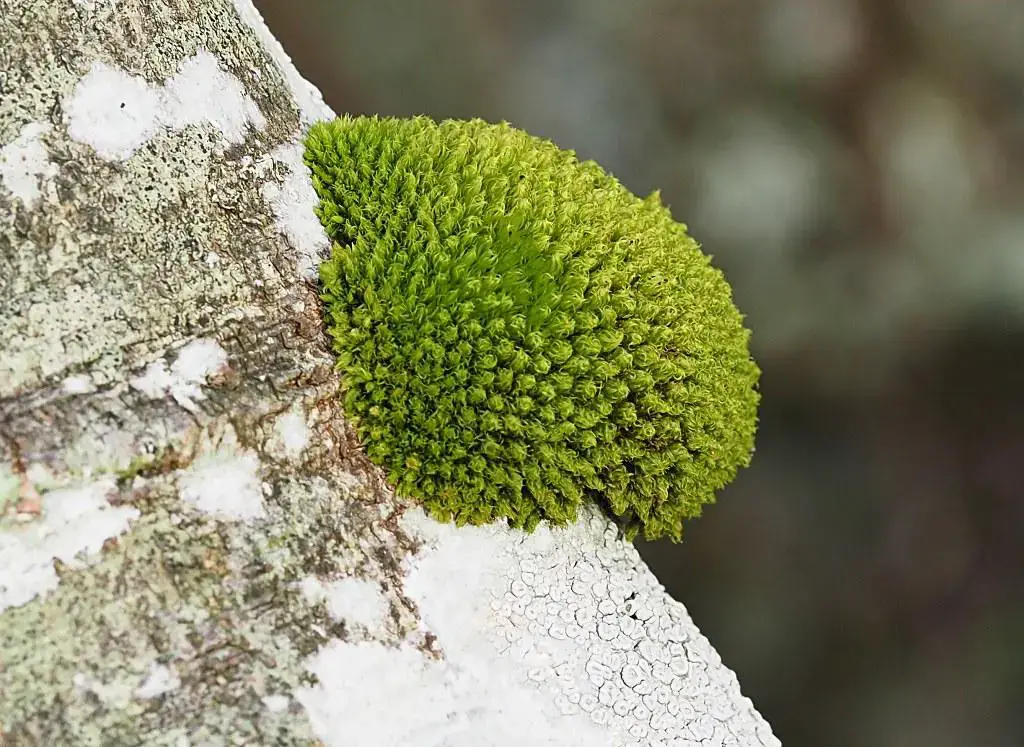
52020350997_4799bf53b1_b.jpg from: https://www.flickr.com/photos/107520337@N08/52020350997
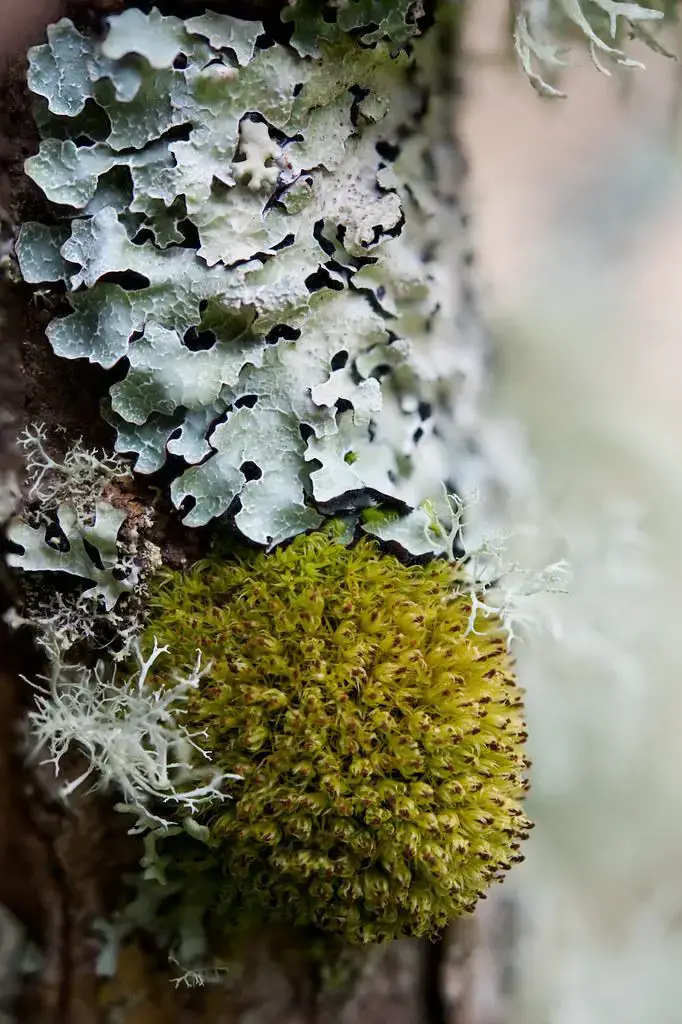
13899366483_2bb87e9b58_b.jpg from: https://www.flickr.com/photos/stephenbuchan/13899366483
Ecological Roles and Adaptations
Despite its diminutive size, Ulota phyllantha Brid. plays a vital role in forest ecosystems. It serves as a microhabitat for numerous invertebrates, providing shelter and food sources. Additionally, this moss contributes to nutrient cycling and water retention, helping to maintain a balanced and healthy forest environment.
One of the remarkable adaptations of Ulota phyllantha Brid. is its ability to withstand desiccation (drying out) during periods of drought. Its leaves curl inward when dry, protecting the delicate inner tissues, and quickly rehydrate when moisture becomes available. This resilience allows the moss to thrive in various environmental conditions.
Case Studies/Examples
In a recent study conducted in the Pacific Northwest region of North America, researchers discovered that Ulota phyllantha Brid. played a crucial role in supporting the diversity of invertebrate communities within old-growth forests. The intricate structure of the moss provided a safe haven for numerous species, including mites, springtails, and other tiny creatures.
Technical Table
| Characteristic | Description |
|---|---|
| Phylum | Bryophyta |
| Class | Bryopsida |
| Order | Orthotrichales |
| Family | Orthotrichaceae |
| Genus | Ulota |
| Species | Ulota phyllantha Brid. |
| Common Name | Ulota moss |
| Growth Form | Acrocarpous |
| Leaf Shape | Ovate-lanceolate |
| Leaf Tip | Hyaline hair-point |
| Habitat | Epiphytic on tree bark |
Conclusion
The Ulota phyllantha Brid. moss, a member of the Orthotrichaceae family, is a true testament to the wonders of the natural world. Its intricate morphology, global distribution, and ecological significance make it a fascinating subject for moss enthusiasts and naturalists alike. As we continue to explore and appreciate the diversity of bryophytes, let us ponder this thought-provoking question: How can we better protect and conserve these often-overlooked yet vital components of our ecosystems?